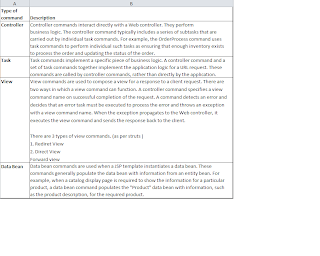A default contract defines the default customer entitlement for a store or a group of stores. The default contract applies to all customers shopping at a store who do not have any other contract with the store, for example, guest customers.
A typical default contract for a store specifies the following information:
In order to create a default contract, you must define the contract, the contract owner, the contract description, the contract participants, and the terms and conditions of the contracts. Contract information is stored in four tables: CONTRACT, PARTICIPNT, TRADING, and TERMCOND.
About this task
The default contract is associated with a store using the STOREDEF database table. For WebSphere Commerce Enterprise users, contracts other than the default contract are associated with a store using the STORECNTR database table.
You can create a default contract in XML, based on one of two formats: XSD or DTD.
A typical default contract for a store specifies the following information:
- Customers can purchase all products available in the master catalog for the store at standard prices set in the master catalog (no discounts or mark-ups).
- Any shipping charges are paid to the seller (store).
- Payment is specified during order processing. The customer can use any payment method accepted by the store.
- The customer can select any shipping provider supported by the store to ship an order.
- The ship-to address for an order is specified by the customer during order processing.
- Customers can return purchases without penalty charges within a certain number of days.
- Customers can receive refunds using the same payment method used for the original purchase.
In order to create a default contract, you must define the contract, the contract owner, the contract description, the contract participants, and the terms and conditions of the contracts. Contract information is stored in four tables: CONTRACT, PARTICIPNT, TRADING, and TERMCOND.
About this task
The default contract is associated with a store using the STOREDEF database table. For WebSphere Commerce Enterprise users, contracts other than the default contract are associated with a store using the STORECNTR database table.
You can create a default contract in XML, based on one of two formats: XSD or DTD.


